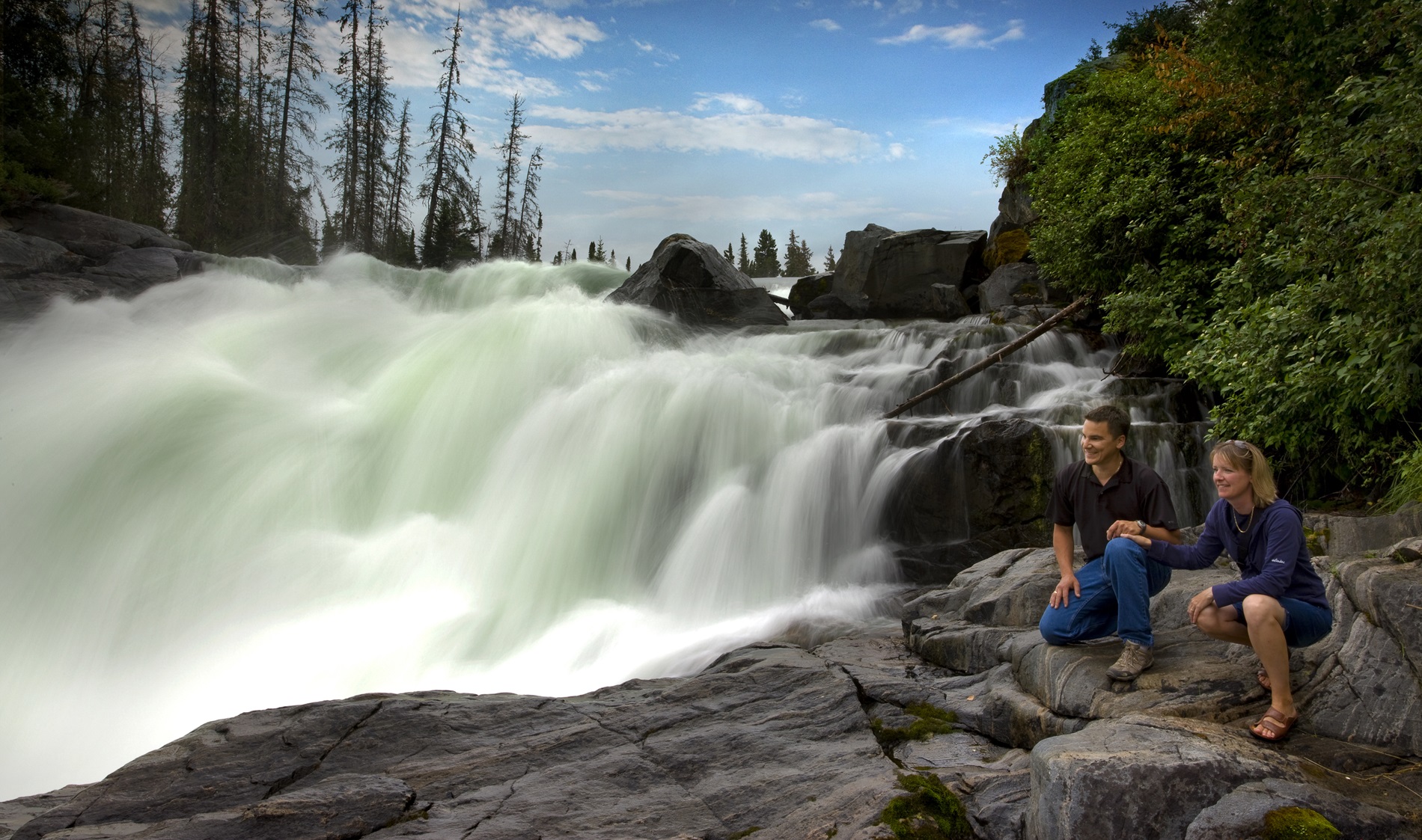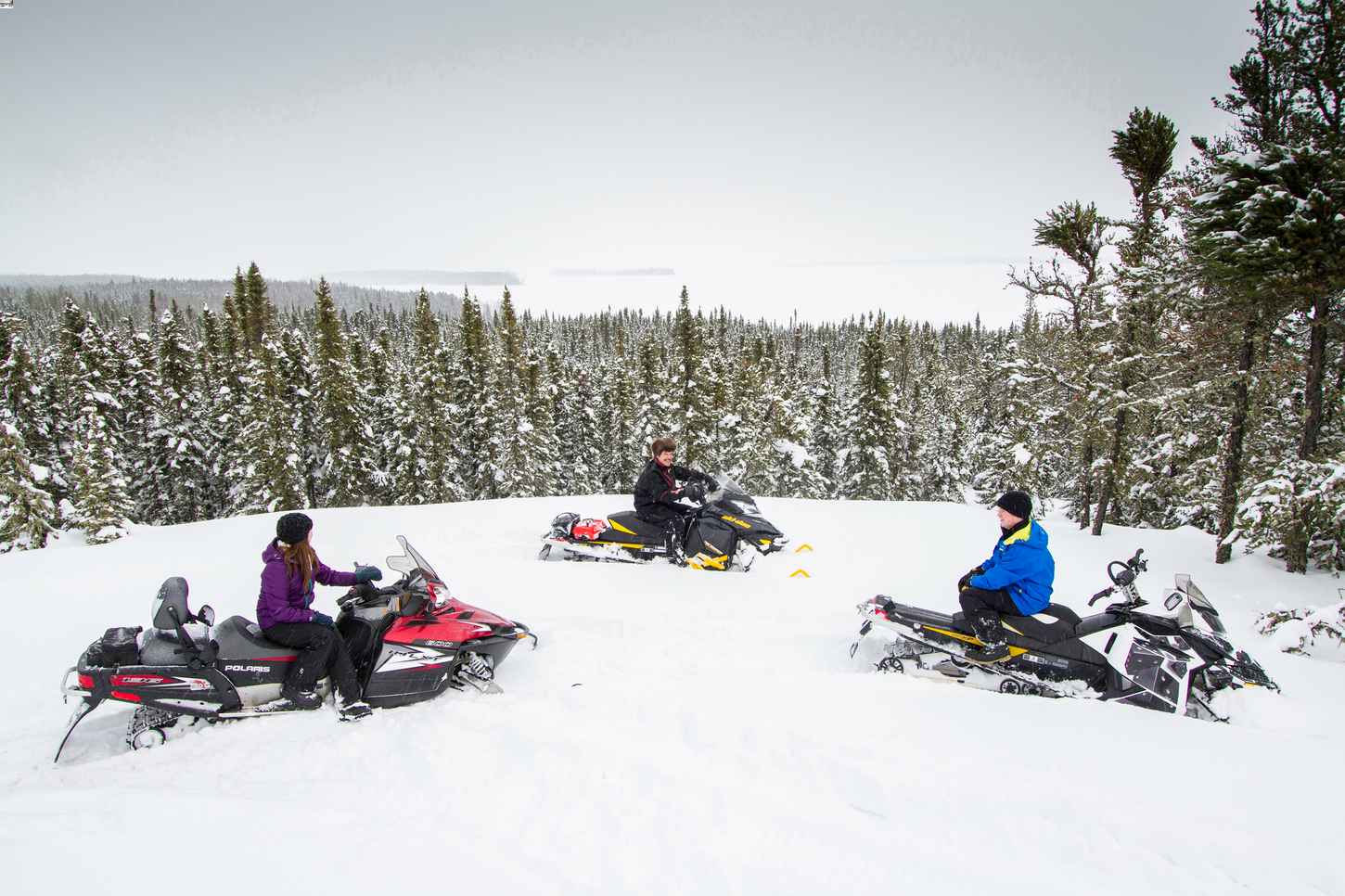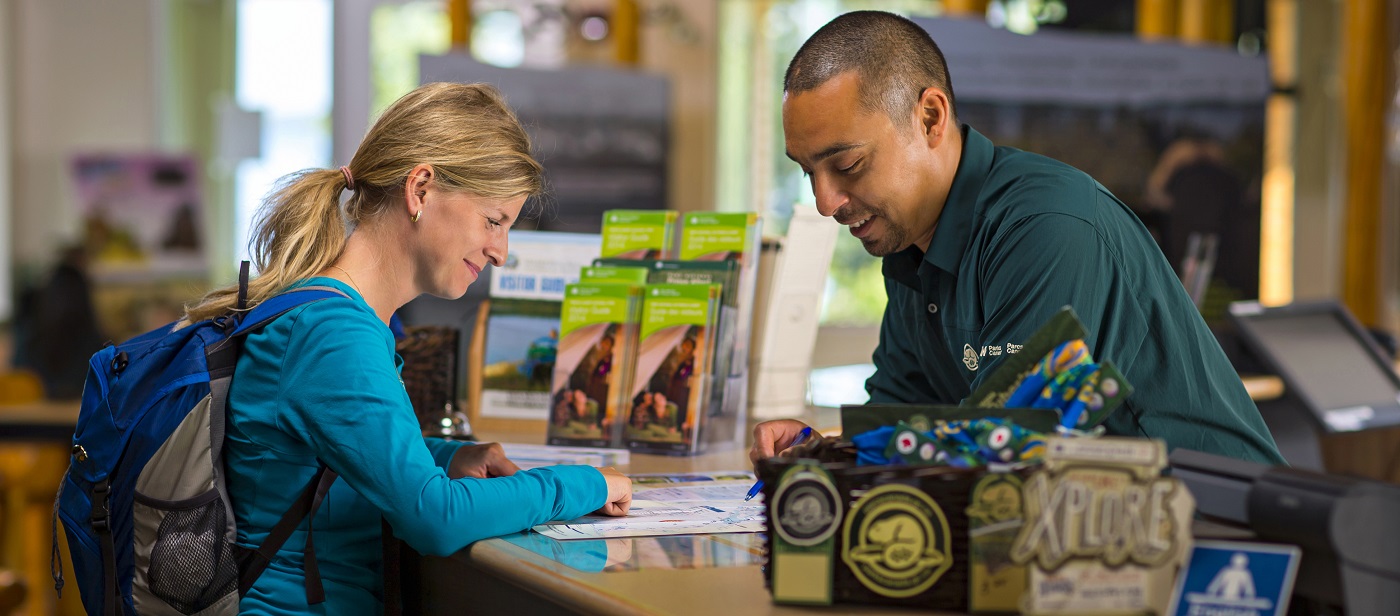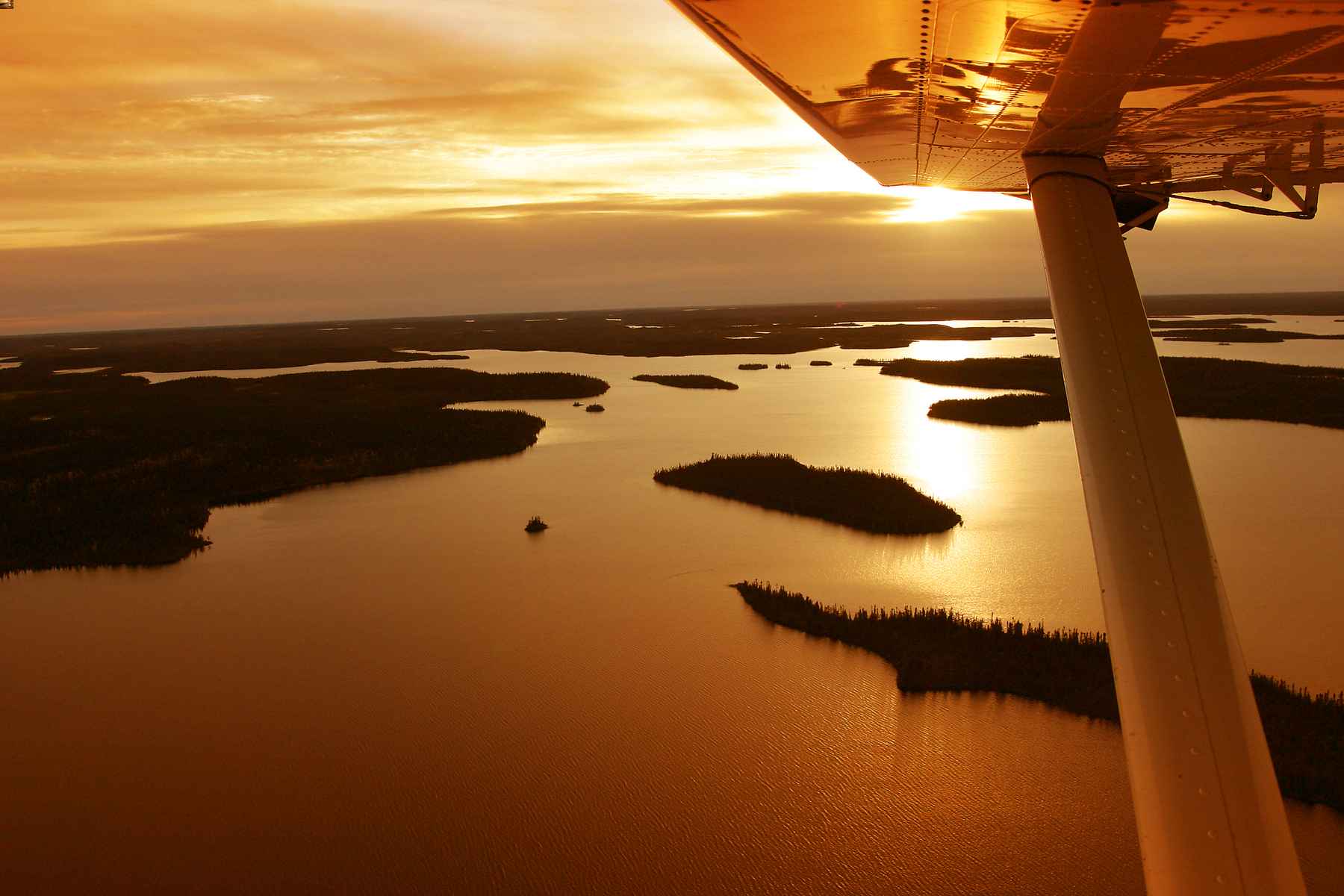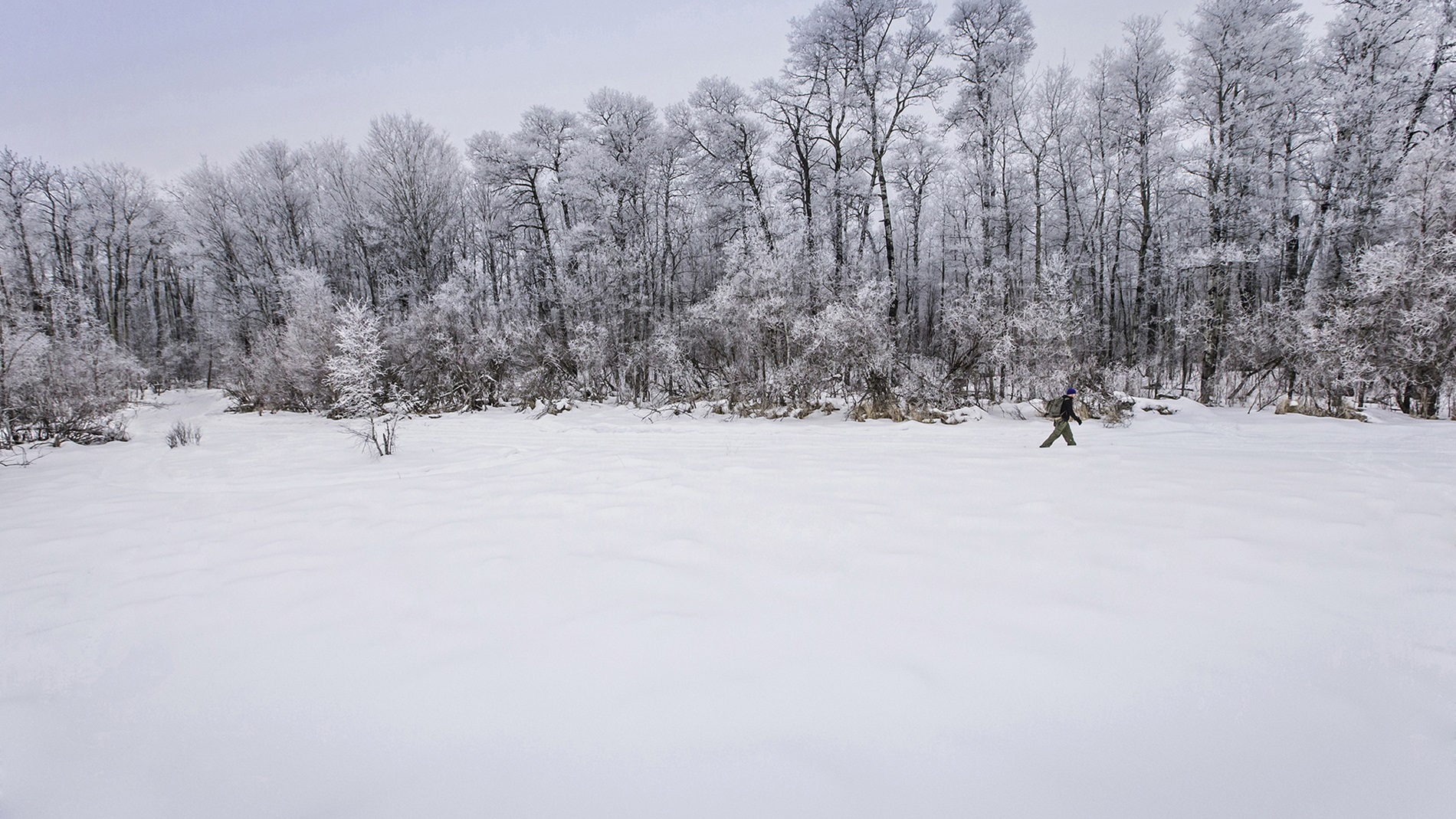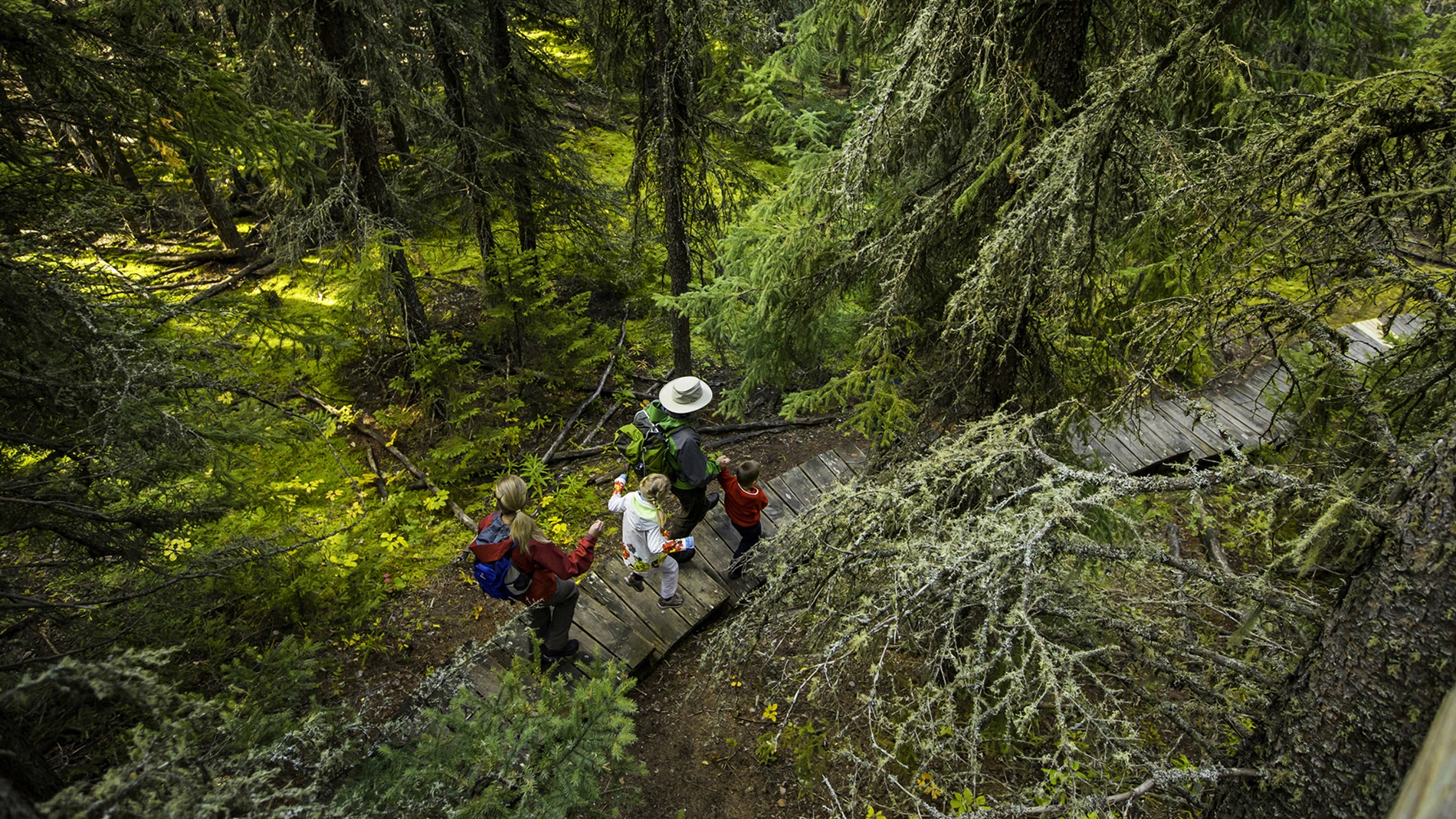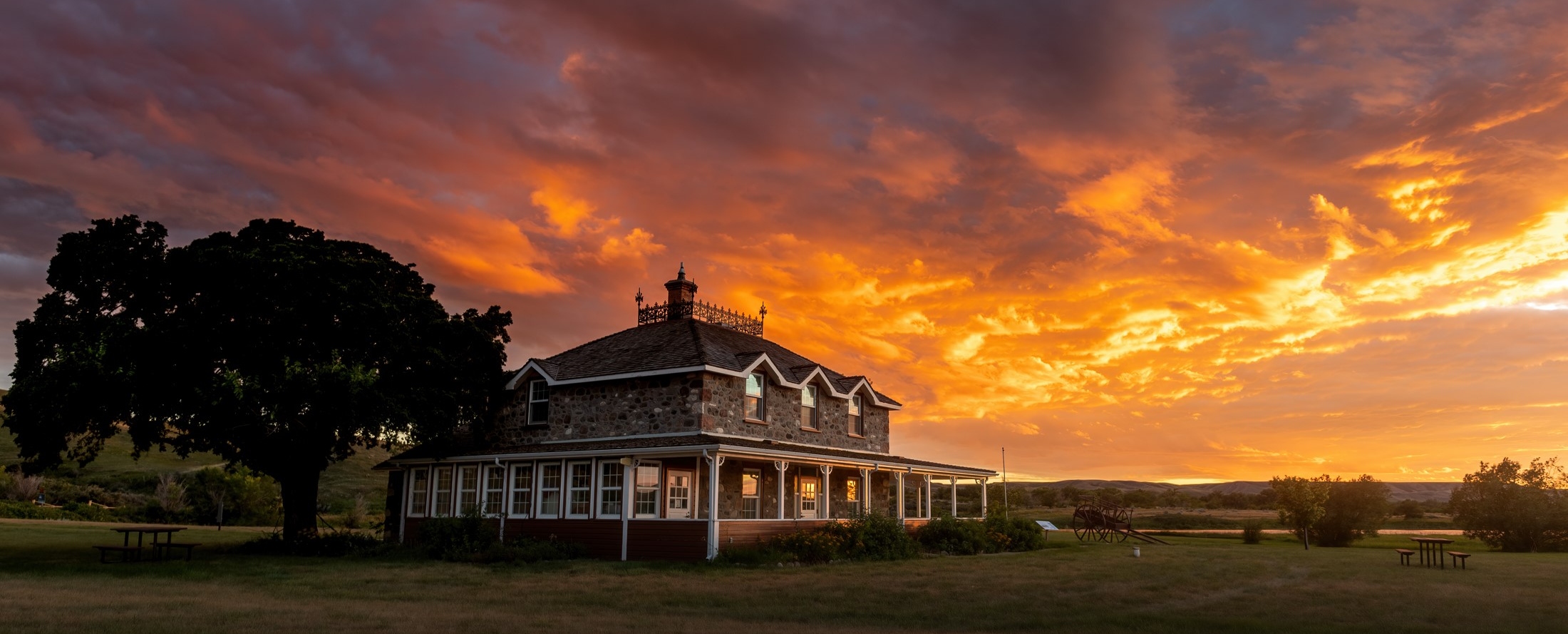Preliminary Resource Analysis
Tourism developments depend on the use of various resources to attract visitors. These can include natural, heritage, cultural, recreational, paleontological and archaeological resources. The availability of human resources must also be considered. Adequate, well-trained staff is paramount to launching a successful tourism venture, and strategies to address human resource issues should be considered early in the process.
At the outset, you should define the proposed development and identify intended markets and physical and financial requirements in a clear, comprehensive way. In the case of attractions involving interpretation, briefly outline your interpretive plan at this time. The project and its definition can be modified as more information becomes available.
It is also important to anticipate the types of regulatory approvals required; information required to obtain these approvals; the sequence in which approvals will take place; and a realistic time frame over which the approval process is likely to occur.
A First Look at the Market
Begin the overall project description by identifying the markets that you will seek to attract. Identify any existing or planned competition, in relation to these markets, operating in your projected selling area. Although a more detailed analysis will be required later on, this first look at market demand and supply factors will help to identify the types of facilities and services that your development should offer.
When examining the potential market, you need to determine your “unique selling proposition,” which is what sets you apart from your competitors. It should answer the question, “Why should I choose your destination over others?” A truly unique selling proposition that excites your target market will entice consumers to choose your business over your competitors. Without one, you will be forced to compete on the basis of price.
If preliminary market information is not positive, rethinking the development project is recommended.
Preliminary Resource Analysis
Tourism developments depend on the use of various resources to attract visitors. These can include natural, heritage, cultural, recreational, paleontological and archaeological resources. For example, unique and/or outstanding natural resources are essential to ecotourism and adventure tourism. Aboriginal cultures offer attractive opportunities to explore and experience historically different ways of life. Recreational fishing and hunting depend on the proven presence of a sustainable resource base.
The availability of human resources must also be considered. Tourism operations are often seasonal, which may result in challenges in recruiting and retaining skilled workers. Adequate, well-trained staff is paramount to launching a successful tourism venture, and strategies to address human resource issues should be considered early in the process. Emphasis should also be put on the fact that tourism is a labour-intensive business.
If the success of a tourism attraction or service depends on resource-based activities, it is essential to evaluate the quality and long-term supply of the resource. This is a crucial first step in defining the project.
 Physical Characteristics of a Development Plan
Physical Characteristics of a Development Plan
Once the preliminary market and resource analysis has been completed, the next step is to prepare the physical development plan. This involves identifying all of the components needed to accommodate the proposed venture, and relating them to the physical site that has been tentatively selected. This planning process will help to ensure that sufficient land has been identified for the development. The physical development plan is also the basis for cost estimates needed for the feasibility analysis.
Both off-site and on-site services should be considered in planning the project. For example, if electricity is not available, the cost of extending power lines can add significantly to the cost of the development.
Many attractions provide interpretive programming, which presents unfamiliar or complex historic, cultural or scientific information in easily understood language. The nature of this interpretive programming has a significant impact on the design and landscaping of the various facilities involved. It also affects the pricing of the activity as this service is subject to surcharges.
Interpretation is the means by which a story is told. With a wildlife viewing location, for instance, you will want to explain to visitors what is special about a place – what plants, birds and animals live there and why, and what are the proper ways of observing these natural features. In three growing market segments – ecological, aboriginal and agricultural tourism – the development of an interpretive plan is of the utmost importance.
As these steps are completed, a clearer concept will emerge of the size, layout and costs of the development being considered. Use the estimate of the size of your target markets, outlined in the next section, when planning the facility. By considering all of the aforementioned components, you will establish whether or not your selected site meets the needs of your targeted market or if you need to pursue alternative locations.
Physical Characteristics
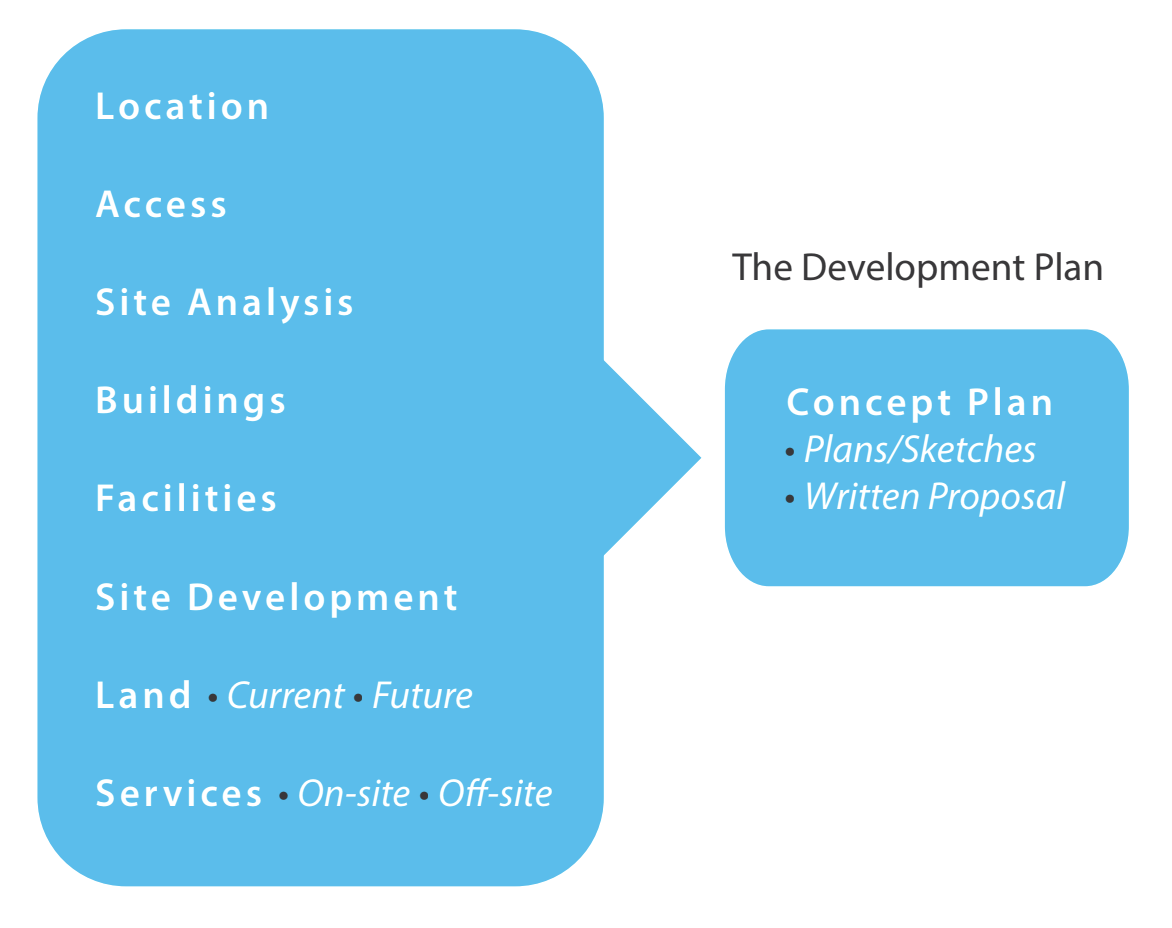
Depending on the project, components to be considered will include some, or all, of the following:
- Analysis of the location – community plan policies, zoning regulations, access, soils, slopes, drainage, tree cover, views, shoreline conditions, easements, etc.
- Interpretive programming requirements – functional analysis, displays and exhibits, preliminary schematic design, landscaping, climate control, audio visual requirements, training of staff, etc.
- Building and building-bylaw requirements – type, size, function, cost, accessibility
- Facilities needed – marinas, boat launches, recreation facilities, accommodation, etc.
- Site development – clearing, grading, roads and parking, landscape development
- Land requirements – initial stages of development, as well as future expansion requirements
- Servicing and utilities – water supply, liquid waste disposal, solid waste disposal, power, telephone, fuels





